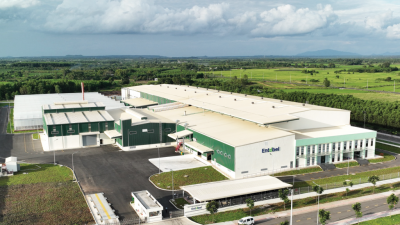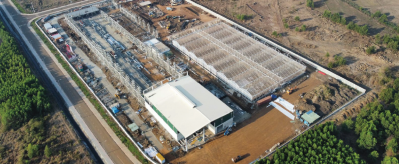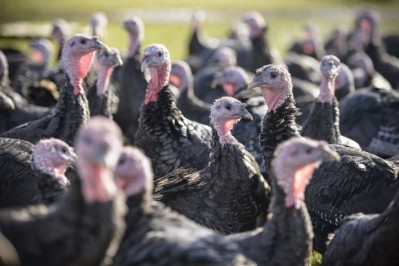Adisseo partnering with Entobel to optimize insect rearing

Insect meal is a promising nutritional alternative to conventional feed protein sources, and BSFL are excellent bioconverters of waste and co-products inedible for humans or for livestock, said the partners.
Furthermore, BSFL can be reared on a wide spectrum of waste side-streams.
However, the success of insect production and derived ingredients, their wide adoption by the market, will depend on how competitive the industry becomes, the available volumes of meal and oil, and, in particular, the quality of such ingredients over time, they said.
The companies stressed the importance of producing insect derived protein and oil with good nutritional value, whatever the type and quality of the feeding substrate used.
They are now looking to combine their respective areas of expertise to improve insect rearing, optimizing the raw materials use for rearing BSF larvae through the application of feed additives.
Adisseo is set to leverage its knowledge of animal nutrition, amino acids requirements, animal digestibility, and NIR ingredient analysis in this respect. It noted that Entobel is an ideal collaborator for this type of project given that the Singapore based insect producer and processor has two years of insect derived ingredient production to draw on.
Founded in 2013, that insect producer established its first commercial site in 2019 in Vietnam after six years of pilot and demonstration scale R&D activities. Its products are now used in shrimp and fish feed, poultry feed, pig feed and pet food formulations globally.
Substrate composition
There have been a number of studies carried out to date that have evaluated the nutrient requirements of BSFL.
Research, published in 2019, looking at how to optimize the nutrition of BSFL found that substrates containing 10% protein, 2% fat and 2% minerals on a dry matter basis could result in sufficient larval growth and favorable feed conversion ratio (FCR), as long as sufficient amounts of digestible carbohydrates are present.
Another study, published by Wageningen University researchers in June 2020, found BSF larvae reared on feed substrates composed of dried brewers’ spent grains (BSG) can successfully provide protein-rich meal for feed.
The aim of the research was to assess the nutritional content of BSFL reared on BSG, supplemented with either water, brewer’s yeast, or brewer’s yeast plus cane molasses, generated by beer brewers and sugar companies in Kenya. To assess the nutritional quality for animal diets, the team analyzed the crude protein, fat, ash, and mineral contents of the BSF larvae.
Although the team found that all the substrate combinations tested would produce high-quality larvae in terms of nutrient composition, they concluded that substrates generated by sorghum and barley, and supplemented with brewer’s yeast or brewer’s yeast plus molasses, appear to be more suitable as rearing substrates and result in larvae with higher levels of crude protein and minerals.
“Our findings show that BSF larvae may be mass-produced on these substrates for animal feed, providing an alternative strategy for managing agro-industrial side streams, when the conventional uses of these substrates such as direct feeding to livestock are not sufficient.”







